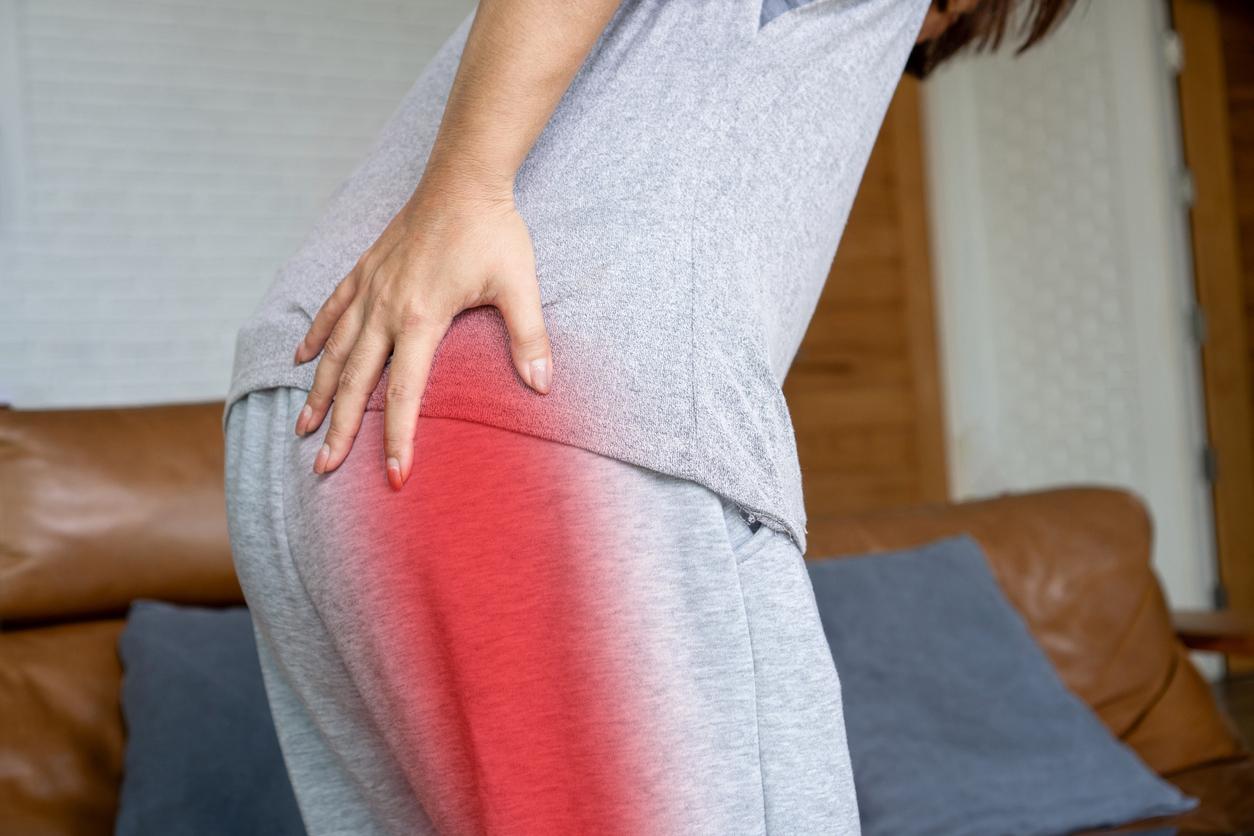September 9, 2004 – The analgesic property of magnets has not been scientifically demonstrated in a study carried out at the University of Oklahoma, the results of which are published in theAmerican Journal of Pain Management1.
According to the followers of magnetotherapy, magnets have, among other things, the ability to modify nerve conductions. The Dr David Garrison, professor of rehabilitation sciences at the University of Oklahoma, wanted to assess the analgesic property of magnets by subjecting 49 participants to tactile perception tests before and after wearing a magnet on the wrist.
This double-blind clinical trial was carried out according to a crossed protocol, that is to say that all the participants were treated with the magnets as well as with the placebo in order to compare the results of the two treatments on the same individual. . During the first day, the participants – whose average age was 29 – first underwent two finger touch sensitivity tests. Subsequently, all had to wear either a magnet or a placebo. They went about their business and then, an hour later, they repeated the tests. The second day was the same, except that the magnet was replaced by the placebo and vice versa. The size and magnetic strength of the magnets used in the course of the study were of the same type as those offered on the market. They were applied for one hour to the median nerve on the inner side of the wrist.
The results of the tests tend to show that wearing the magnet did not significantly alter the participants’ tactile perception. According to the Dr Garrison, if the magnet had had an analgesic property, the participants would have less easily perceived the tips of the needles during the tests carried out.
Magnets are often credited with the ability to treat a number of ailments including pain, but the researcher concludes that in light of the results of his study and those of other clinical trials conducted in the past, it is difficult to assign any effectiveness of magnetotherapy in treating pain in general.
The Dr Garrison considers that prolonged wearing of the magnet might have changed the results, but more research will have to be carried out in this direction to be convinced of it.
Marie france Coutu – PasseportSanté.net
According to Reuters.
1. Garrison DW, Effects of natural magnets on the ability to perceive fine touch and two points discrimination from fingertips, American Journal of Pain Management, July 2004, Vol. 14, No 3, 107-116.

















